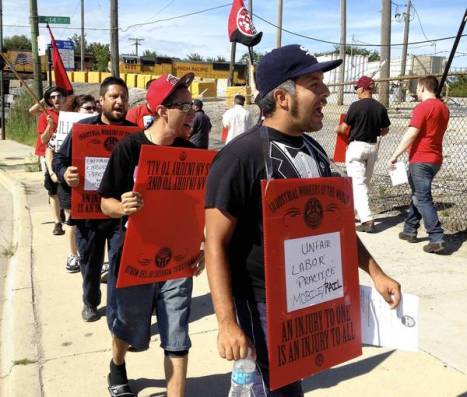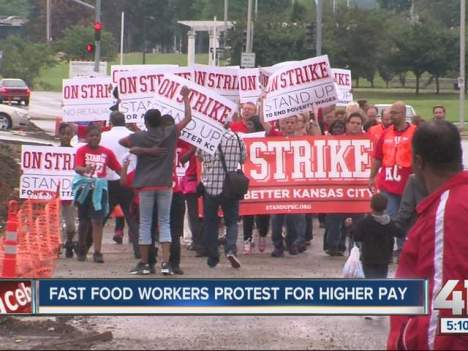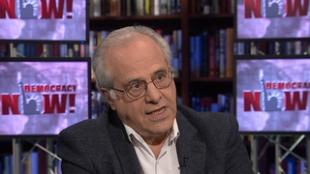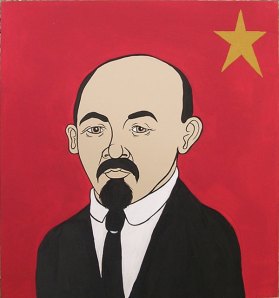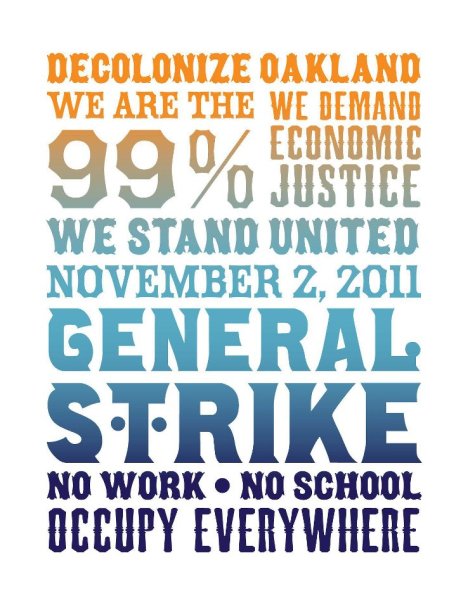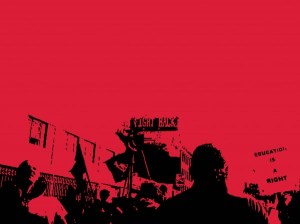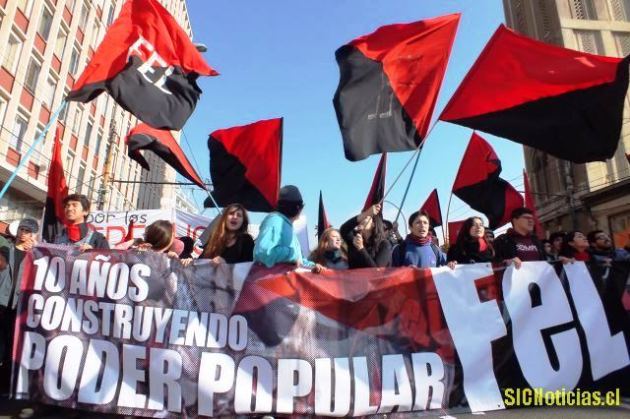
Published April 2013
By Adam Weaver and SN Nappalos
This article is now mirrored on the Black Rose Anarchist Federation website.
In the midst of the worst economic crisis in decades, the left stands at a crossroads. Despite widespread anxiety, restructuring, stirrings, and disruptions, the left has been unable to respond or develop bases for movements and revolutionary organization in any meaningful sense. In many ways the eruption of the Occupy movement onto the center stage with all of its weaknesses in politics, structure, and dynamics, was a reflection of this. The events of Wisconsin, Occupy, the Oakland General Strike, and the May 1stmobilizations have brought to the fore the nature and potential of combative movements from below as well as the limits of present politics. At the very least since the financial crisis of 2008, social activists are looking for clearer paths towards anti-capitalist alternatives. Many are realizing that something more is needed beyond endless activism, protest politics, and vertical-style union and NGO mobilization. The base level of political education on the left, provided largely by non-profits and liberal university campuses, suddenly seem to have even fewer answers than before. This has left many turning towards political study to deepen their analysis as well as taking up questions around the need for political organization.
We need to ask ourselves, in this time of crisis how can movements be built in an atmosphere of ruling class assaults, disorganization of the popular classes, and sporadic resistance efforts? What are the roles of revolutionaries within movements? What are the strategies to keep ourselves going for the long haul work that radical social change requires? What are the lessons of the past decades in social movements and revolutionary organizations? How do we politically develop the existing revolutionaries and help shape new ones to build a larger milieu of revolutionary organizers, thinkers, and supporters based in popular struggle? How would this milieu and potential political organization relate to broader social movements, other forces on the left, those we share perspectives with, and with those we do not?
Continue reading →
Filed under: Uncategorized | Tagged: Anarchism, political organization, praxis, Theory | 1 Comment »




